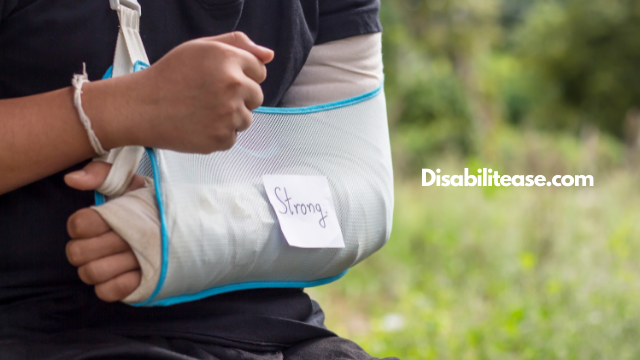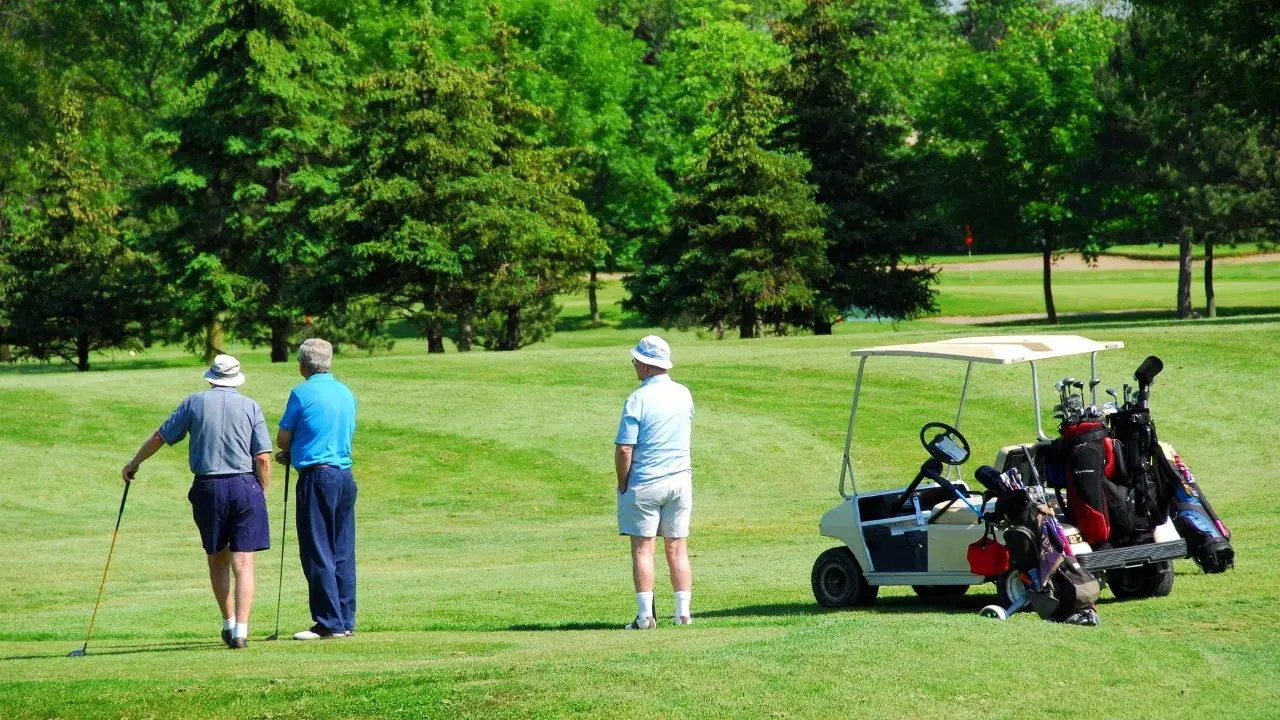Small bones and tendon fibers form the delicate architecture of the wrist. Most of us face wrist injuries at some point, and when that happens, you realize how difficult it is to use just one hand.

Your routine can be seriously disrupted if you have to refrain from using your wrist for any activity. Living with a broken wrist injury that is healing or a persistent wrist issue can be complicated.
Many of you are already familiar with what we’re talking about when we say that the activities you learn to accomplish using your elbows alone might fill a book.
Here is a related article that might interest you on Tips For Living With An Arm Cast.
Tips For Living With The Broken Wrist:
We’re here to provide some of the most inventive tips for surviving with only one wrist for several weeks.
- Modify your Wardrobe accordingly:
Getting dressed is challenging when a wrist injury prevents you from using one arm. You are putting on socks and slacks with one hand while using the other to worry about the sleeves.
In general, creating a collection of simple clothing for when the wrist is recovering is better. Choose shirts with wide armholes and a few sleeves so that your wrist cast won’t catch on them.
Choose modest, flattering clothing that is easy to wear with just one hand. Choose a garment with oversized sleeves that you can gently put through one arm. The season is an appropriate time for shawls and ponchos without sleeves.
- Wear a Brace or Cast on your Wrist:
Carry whatever the doctor instructs you to, whether it’s a wrist cast or brace. You need additional assistance and movement limitations whenever your wrist is hurt to enable appropriate healing.
If you wear a brace, only remove it for the allotted period or alternate between braces as needed for your activity.
If you remain attentive and remain motionless, you could air the wrist while wearing a brace. It is crucial to respect your cast and adhere to your doctor’s recommendations if you have one.
Even if the arm is now cast, it should still be rested, with no excessive scratching or becoming wet. Don’t attempt to remove the cast, of course.
- Workout Joints Close to the Wrist:
As you heal from a fractured bone, regular activity is crucial. The joints in your fingers and elbow that aren’t in a cast should be exercised.
Your healing will proceed more quickly, and your mobility will be enhanced if you wiggle your fingers and move your elbow. Speak with your doctor if you have pain when moving these joints.
- Use Bottles of hand-pumped Shampoo and Soap:
Bathing might be challenging when you only have one hand. Without both hands accessible, one of the biggest obstacles is extracting shampoo and soap from the bottle, unless you have soap with hand-pump caps.
One-handed access to your soap is made available by hand pumps, and you may take it from there. Unknown to most people, pumps are available in regular bottle sizes, so you don’t need to buy new pump soap bottles. Purchase some attachable hand pumps and continue using your preferred bottles.
- Place an Ice pack on the Wrist Cast:
You can use an ice pack on the wrist cast to ease discomfort and swelling in the early days after your injury. A towel must be placed between the ice pack and your cast, and the ice pack should be secured within a plastic bag.
Without an ice pack, you can use a bag of frozen veggies wrapped in a towel. Prevent the ice pack from wetting your cast. Applying ice for around 30 minutes during the first few days after an injury may hasten the healing of the bones and soft tissues.
Apply the ice for at least three days, and if your doctor recommends it, more extended.
- Keep an Optimistic Attitude:
It’s common to experience occasional feelings of hopelessness when wearing a wrist cast. However, you can prevent yourself from feeling depressed if you attempt to focus on the long-term objectives of your rehabilitation rather than your current circumstances.
When you can’t exercise, have fun with a non-sports-related activity or workout. Until you get back to your daily schedule, manage your activities accordingly.

Hi, my name is Eddie, I am a professional trainer specializing in the elderly population and I’m also a website designer. I love training in the gym, going to the beach, traveling, and having good food.
I combined my love for sport and website designing to make “DisabilitEase” whose purpose is to help elderly and disabled people live a more full and active life, have more fun, and enjoy their unique journey despite any disability.



